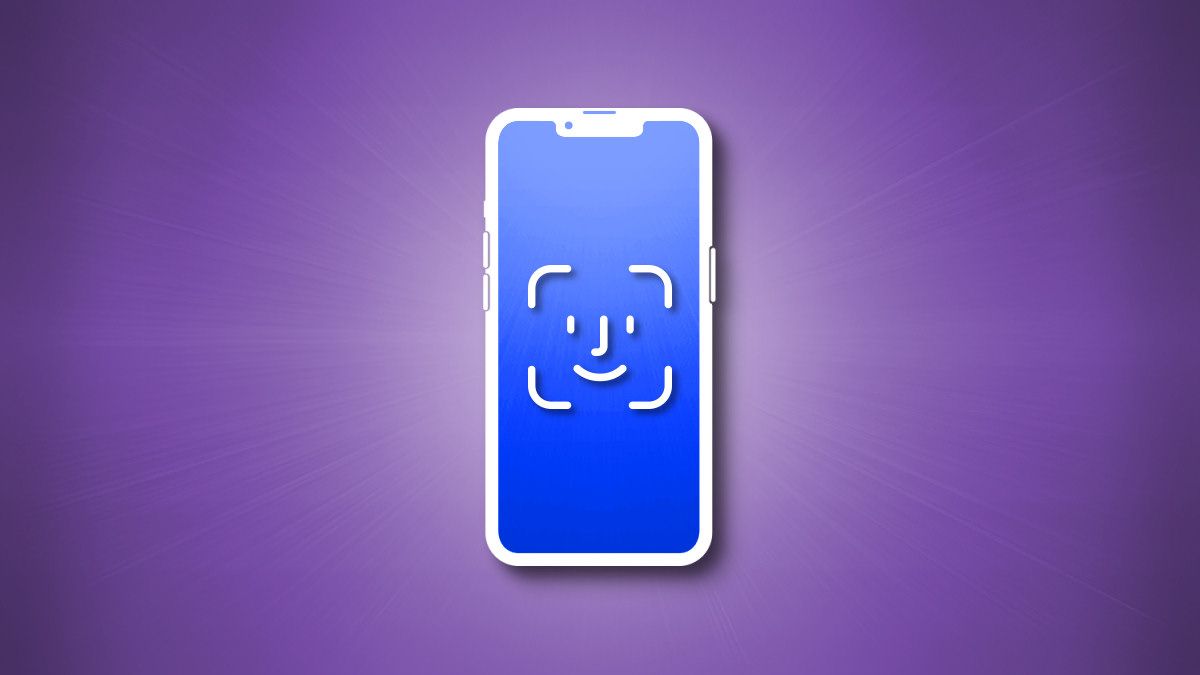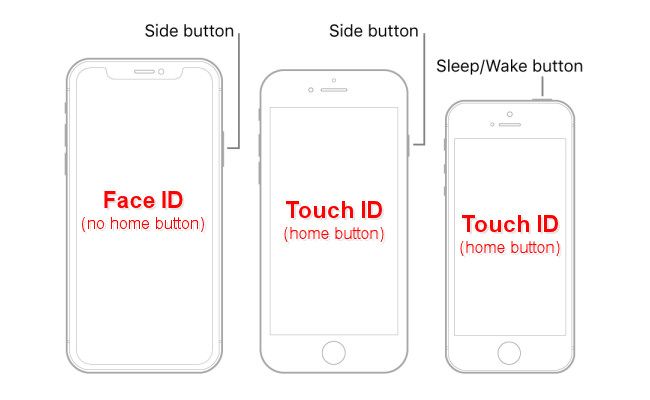iPhones that use Face ID have a different physical design than iPhones with Touch ID, and it can determine how you use features on your phone. Here's how to tell the difference---and a list of which iPhone models use Face ID.
What Is Face ID?
Face ID is a biometric authentication feature that scans your face to verify your identity. It's useful as a way to avoid repeatedly typing in PIN numbers or passwords to unlock your device, purchase apps, or log into accounts.
iPhones with Face ID do not have a home button (a large circle) just below the screen. They also do not have Touch ID. Instead, they work using an infrared emitter and sensor located above the screen. Some features triggered by the home button on Touch ID models (such as taking a screenshot) are activated by using an on-screen interface or the side button instead.
Which iPhone Models Support Face ID?
As of April 2022, all iPhones without home buttons support Face ID (several iPad models do as well). This began in with the iPhone X in 2017.
- iPhone 13 Pro Max
- iPhone 13 Pro
- iPhone 13 mini
- iPhone 13
- iPhone 12 Pro Max
- iPhone 12 Pro
- iPhone 12 mini
- iPhone 12
- iPhone 11 Pro Max
- iPhone 11 Pro
- iPhone 11
- iPhone XS Max
- iPhone XS
- iPhone XR
- iPhone X
We've listed the current iPhone models with Face ID, but this list will probably grow in the future as Apple releases new iPhone models. Face ID is a handy feature that is generally considered secure, and you can even use it with masks now on some models. Stay safe out there!


